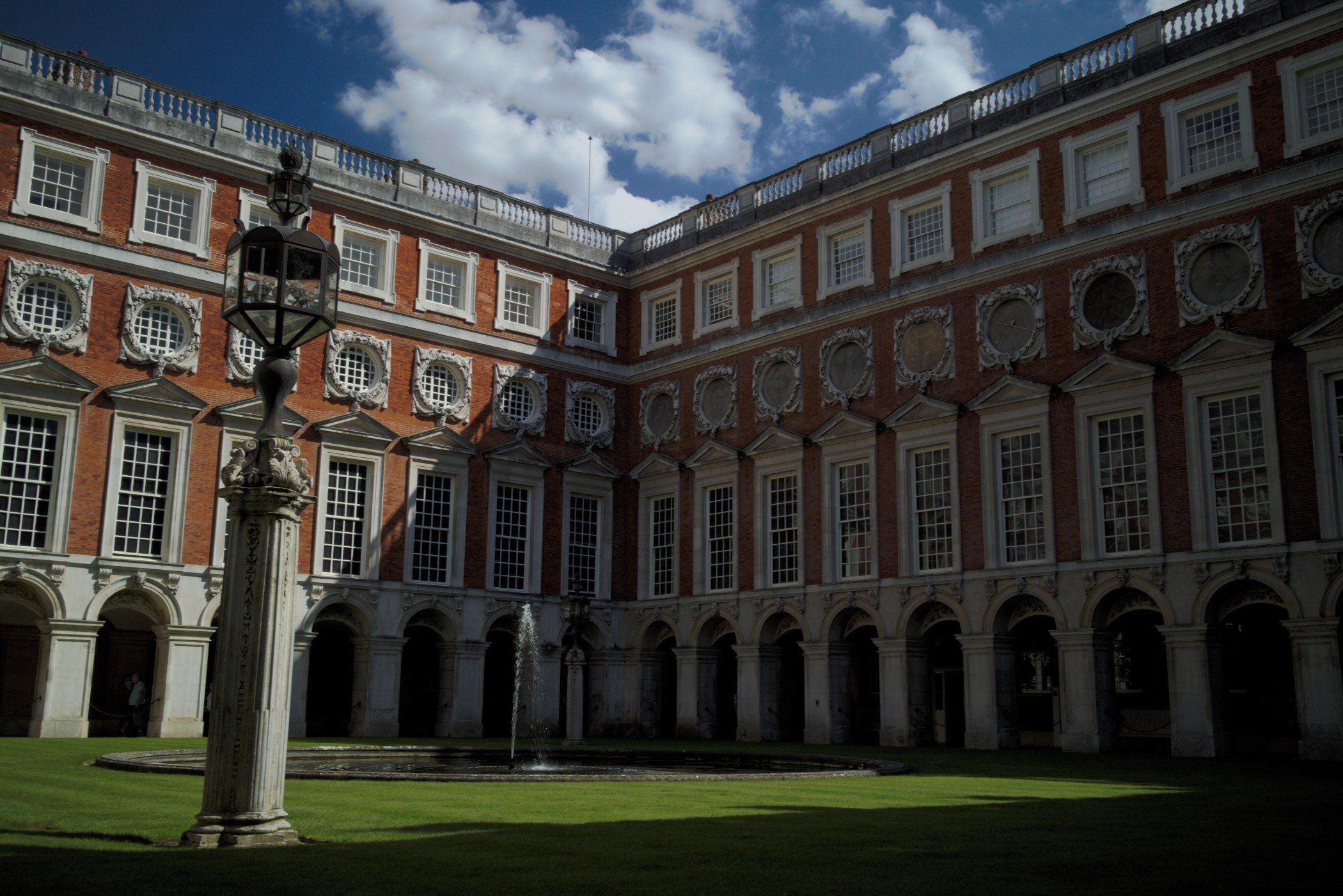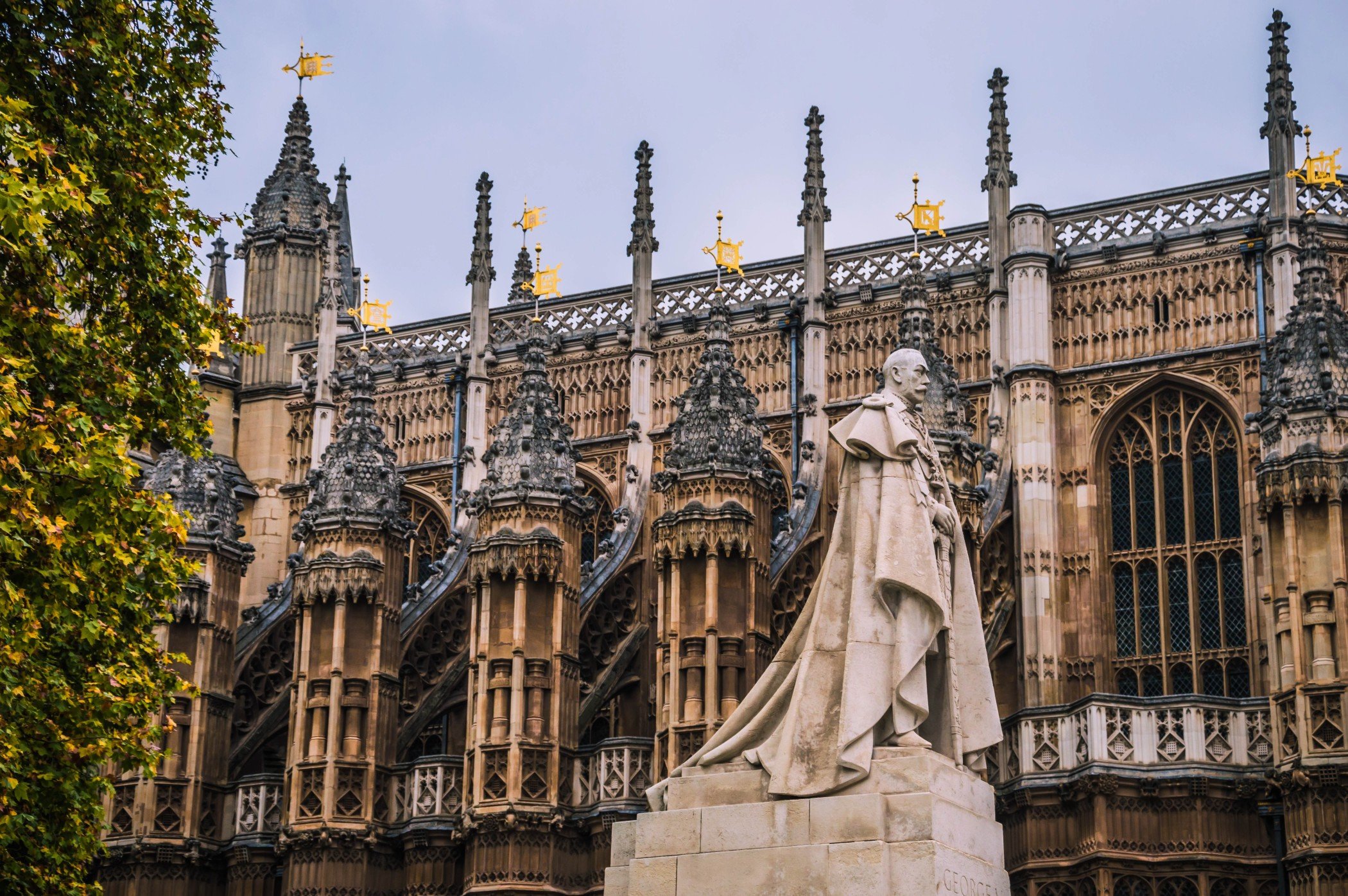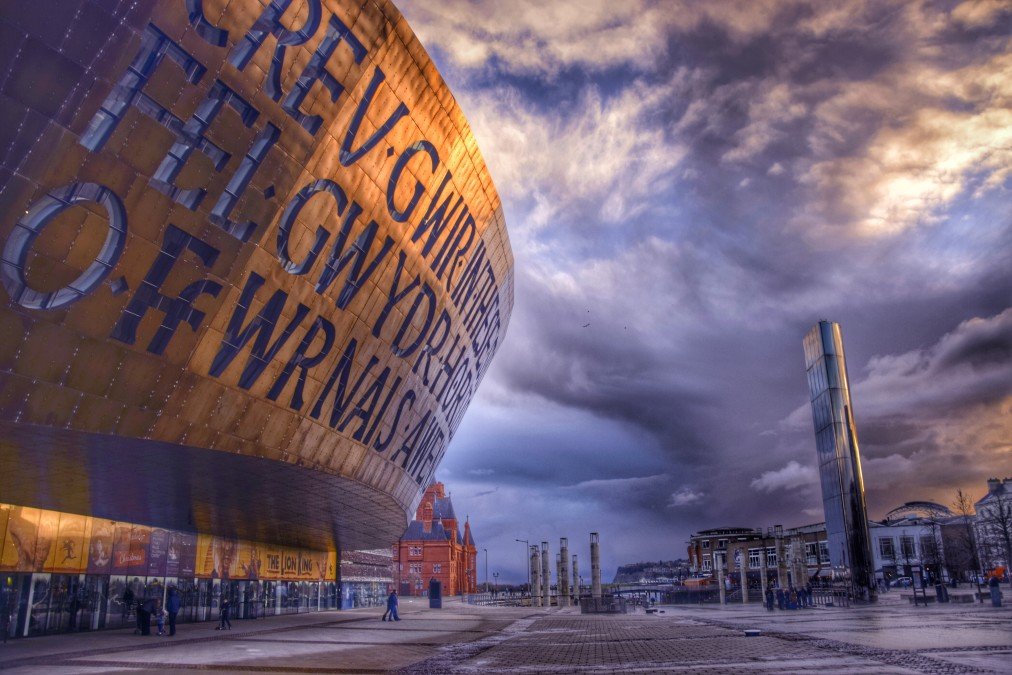Timeline of Architecture: Iconic Structures from UK history
The United Kingdom has seen some incredible architecture throughout its history, and for many reasons. Some buildings are deemed iconic due to the sheer size and scope of the project, others are deemed so because of the heritage and historical significance that they represent.
In this post, we dive into some of the most iconic pieces of architecture in the UK today.
Stonehenge (2500 BC)
@mal1mac via Twenty20
It was built in several stages: the first monument was an early henge monument, built about 5000 years ago, and the unique stone circle was erected in the late Neolithic period about 2500 BC. In the early Bronze Age, many burial mounds were built nearby.
No one is exactly sure of what Stonehenge was built for, theories suggest it was either used as a burial site, a ceremonial site, a religious pilgrimage destination or a memorial.
The exact construction methods used are still unknown. However, most historians and archaeologists believe that a rudimentary rope and pulley system must have been used, as each stone weighs an average of 25 tonnes.
White Tower - Tower of London (1078)
@stuart.renn via Twenty20
The Tower of London is a fortress, located in central London that is most commonly known for housing the crown jewels and having many notorious prisoners within its walls.
The first fortifications on the site were built after the conquest of London in 1066 by William the Conqueror, in order to protect himself from the people of the city as he lacked their support
The most recent gun platforms were added in the 1680s and were in use as late as the 1860s over fears that the French may try to invade.
Remarkably, the site survived heavy bombing during the blitz. However, there was significant damage to the building and the grounds.
Edinburgh Castle (11th century)
@photogold via Twenty20
Edinburgh Castle has existed in one form or another for centuries and sits on top of a volcano. No need to worry if you’re going for a trip to the castle though, evidence suggests that the last eruption from the volcano would have been around 340 million years ago.
Archaeologists theorise that there has been some form of settlement on castle rock since around 850 BC.
One of the buildings inside the complex, St Margret’s Chapel, is the oldest building in Scotland. The chapel dates back to the 12th century.
King James IV of Scotland had small holes built into the walls of the Great Hall, in order to spy on the conversations of those present. When Soviet President Mikhail Gorbachev visited Edinburgh in 1984, the KGB insisted that these holes were plugged to prevent them from being used for their original purpose.
Hampton Court (Tudor)
@jacksimmons77 via Twenty20
The original Tudor Hampton Court Palace was begun by Cardinal Wolsey in the early 16th century, but it soon attracted the attention of Henry VIII, who brought all his six wives here.”
“When William III and Mary II took the throne in 1689, they commissioned Sir Christopher Wren to build an elegant new baroque palace.”
Queen Victoria opened the palace to the public in 1838. It has remained a magnet for millions of visitors, drawn to the grandeur, the ghosts and fabulous art collection.”
Buckingham Palace (1703)
@Lifestock via Twenty20
The Palace was built in 1703, originally for Duke Buckingham, it was brought by George III as a private residence for Queen Charlotte. It was then converted by George IV into Buckingham Palace as we know it today.
The palace has 775 rooms. This includes 118 staff bedrooms, 92 offices, 78 bathrooms, 52 royal and guest bedrooms and 19 staterooms. This palace has 760 windows and 1514 doors
A series of tunnels exist beneath the palace, and when George VI and the queen's mother tried to hide from the blitz they met a man from Newcastle living there
Over 40,000 lightbulbs are used in the palace. The ballroom was the first room to have electricity installed, in 1883
Royal Brighton Pavillion (1780s)
@valentinasavost via Twenty20
The Brighton Pavillion was built in the mid-1780s by Prince George, as Brighton was transforming from a run-down fishing town into a seaside retreat for the rich
When George was sworn in as Prince Regent, he decided he would expand the building to accommodate the large scale social events that he liked to host. This led to the creation of the pavilion as it stands today
Used as a war hospital during the first world war, this combined with years of neglect led to the pavilion falling into disrepair
The Pavillion has now been fully restored to its original condition and is now a popular tourist attraction within the town.
Houses of Parliament (1834)
@gmaudonet via Twenty20
Westminster Palace, more commonly known as The Houses of Parliament, was originally built in the 11th century as a royal residence. The original structure was badly damaged by a fire in 1512 and was completely destroyed in the early 1800s. The current Houses of Parliament finished construction in 1860.
Despite being mostly rebuilt, many medieval elements of Parliament still stand. This includes Westminster Hall, the Chapel of St Mary and the Jewel |Tower.
While no longer a part of the parliamentary custom, the building still retains many features related to historical traditions. This includes a place for MP’s to hang their swords.
Because of its age, The Houses of Parliament contain many quirks. This includes over 100 staircases, which are often narrow and are needed to enter essential areas of the building, including the commons viewing gallery. The building also contains approximately three miles of hallways.
Big Ben (1859)
@freedomfung852 via Twenty20
Big Ben, or The Elizabeth Tower, is one of the most iconic features of the London skyline and is often depicted as a key symbol of British architecture.
The name Big Ben is actually the name for the bell, which has chimed consistently since its installation into the tower in 1859.
The clock tower is 96 meters tall, with the numbers on the clock face measuring approximately 60cm. The minute hands on the clocks measure 4.2 meters and weigh around 100kg.
Big Ben’s chimes were first broadcast by the BBC in 1923, a tradition that continues to this day.
Wales Millenium Centre (2002)
@suesmith5354 via Twenty20
The Wales Millenium Center is the result of years of planning and two years of construction. The venue was opened by the Queen in 2004, who used an ornate steel key, that had travelled across 5 continents as a goodwill gesture, to open the front doors.
The building cost £106M and was designed to withstand the Welsh weather, as well as stand the test of time
The facade of the building was built using 4500 tonnes of steel and 2000 tonnes of Welsh slate, which were reclaimed and recycled from waste spoils.
All the wood inside the building was sourced from sustainable Welsh woodlands, creating tall, black pillars with fossil-like patterns.
The Shard (2009)
@antonyzac via Twenty20
The concept of The Shard was initially brought forwards in 1998, with construction beginning in 2009 and the building being officially opened in 2013.
The Shard cost around £435M to build and has a mix of offices, hotel suites, bars and restaurants and apartments across its 72 floors.
Currently, it is the tallest building in the UK and Europe, standing at 310 metres tall. Because of its massive height, the average speed of the lifts inside the building is around 6m/s, fast enough to cause some people's ears to pop due to the height change.
The Shard’s viewing platform at the top of the building allows for a view of up to 40 miles.
The sky-scraper is formally known as the London Bridge Tower. However, due to its resemblance to a piece of glass and the fact that the building uses 56,000 square miles of glass.











